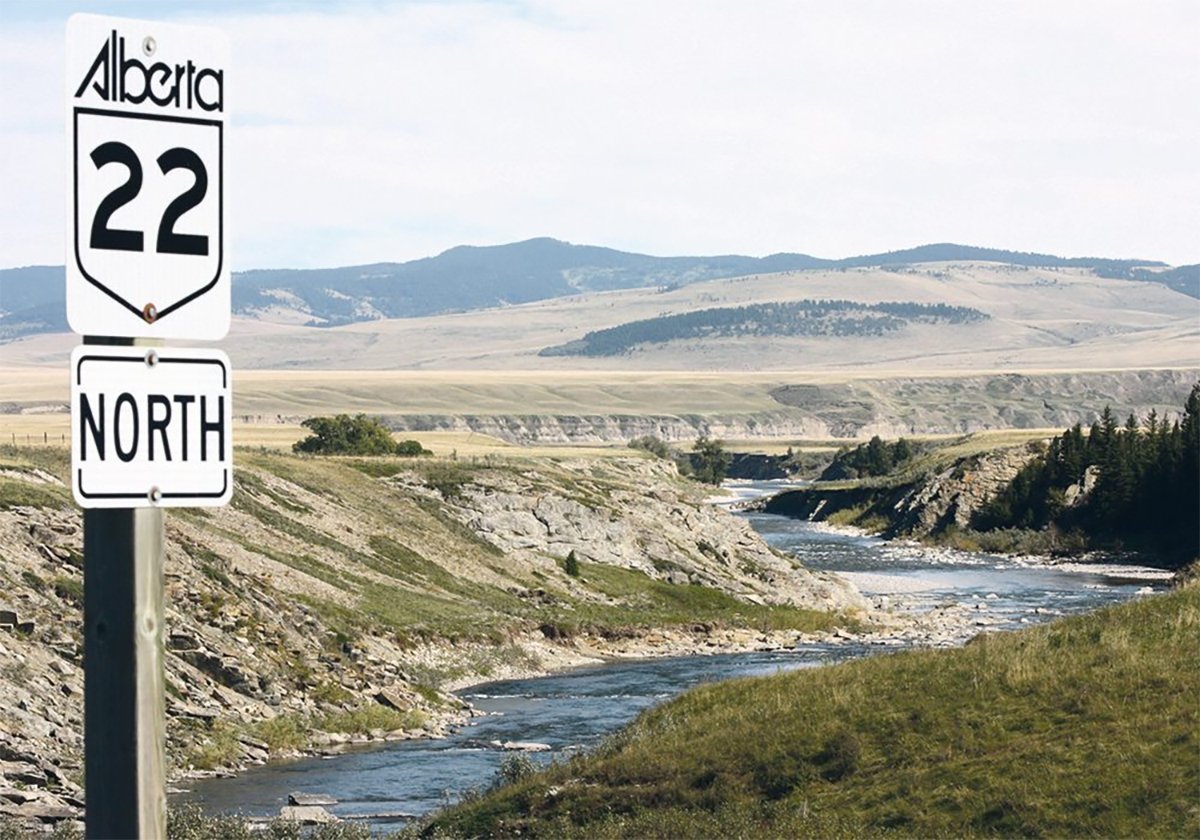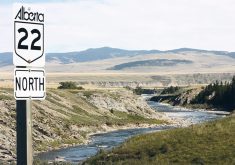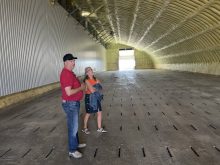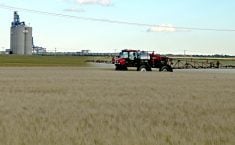STOCKHOLM, Sask. – The idea of a reliable supply of high quality feed located close to his ranch appeals to cattle producer Bruce Chern.
Now he needs to convince several of his grain-farming neighbours to let him rent some of their land to grow alfalfa and put his plan into action.
Chern believes the benefits to everyone involved could lead to long-term business arrangements that result in stronger local economies and healthier soil.
He has organized a workshop in this east-central Saskatchewan community to bring together farmers and ranchers interested in his proposal.
Read Also

New coal mine proposal met with old concerns
A smaller version of the previously rejected Grassy Mountain coal mine project in Crowsnest Pass is back on the table, and the Livingstone Landowners Group continues to voice concerns about the environmental risks.
“It just makes sense,” he said.
He suggested that ranchers, who often don’t have the land for a short-term forage crop rotation, could rent land from grain farmers and seed it to alfalfa.
Ranchers would hay the forage crop for three years before the stand is terminated.
Grain farmers would then be able to plant another crop on that field, now enriched with nitrogen.
Such an arrangement would provide ranchers with an assured feed supply at minimal transportation costs while farmers would receive cash rent and improved soil.
Chern said this is the proverbial win-win situation.
Murray Pask agreed.
“I think there is potential there,” said the long-time alfalfa seed grower from nearby Atwater, Sask.
He admitted that as a seed producer he has a vested interest in the concept, but he is intrigued with the idea of lowering input costs by using alfalfa’s nitrogen-fixing capability.
Incorporating alfalfa into a short-term rotation is not something many people do, he added, referring to it as a forgotten crop.
“Nobody says if you back off your inputs a little bit you might make a little money,” Pask said.
Companies steer producers toward other feed crops that require high inputs every year.
Alfalfa provides free nitrogen from the air, Chern said, compared to commercial fertilizer, which is produced with high-cost natural gas.
“We get 200 pounds of nitrogen out of a three-year stand of alfalfa,” Pask said, which is released slowly over more than 20 years. Because of that, a soil test doesn’t indicate its presence, he added.
On the flip side, alfalfa will use about 100 lb. per acre of phosphate in three years that has to be applied at some point.
Alfalfa can tap subsoil moisture through its deep roots and it will also break up the disease and insect cycle in grain and oilseed crops.
Pask said he knows some grain farmers look at ranchers’ hay fields and say they don’t want the dandelions, gophers and molehills that appear in old fields.
“Before all that happens you should plow all that out,” he said.
Pask recommended spraying the alfalfa with Roundup around July 1 of the third year and cutting it three days later, which will severely set back the crop.
By Sept. 1, the farmer could seed winter wheat.
Chern said this type of symbiotic relationship between cattle and grain producers works best in areas where mixed farming is established.
He has calculated that a farmer with 3,000 acres who rents 300 acres at a time to a rancher would come full circle in 10 to 12 years.
Cash flow would be improved, added Stuart Cairns, who runs cattle in the Grayson-Dubuc area and works for Ducks Unlimited Canada.
“(Farmers) will be paid cash as soon as the hay is taken off instead of them hauling (a crop) in for the initial payment,” he said.
As well, farmers who want to sell their land can point to its improved fertility after the alfalfa rotation.
“The nitrogen that alfalfa fixes is going to keep up with the price of inflation,” Cairns said.
Chern said some farmers have trouble finding renters for their land. If they rebuild it by putting it into alfalfa, they could end up with a hot commodity.
All three believe farmers have to talk to each other and find ways to work together for sustainability and profitability.
“If rural Saskatchewan is going to be sustainable, most of that will come from the people who are already living here,” Pask said.
The workshop is planned for Nov. 25 at the Stockholm Hall.

















